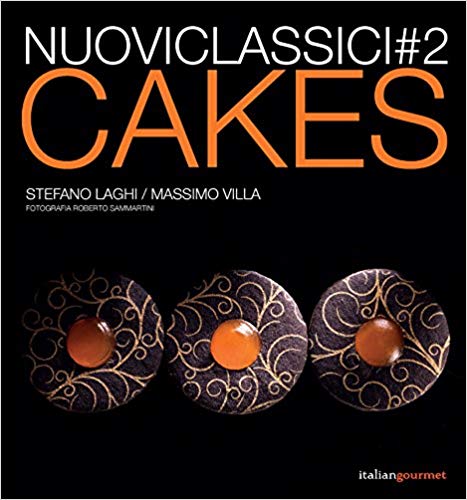-
Shop
- Back
- Shop
- Pre-Order Books
- New Releases
- Vintage Books
- Sale Books
- Children's
- Shop All
- Vintage Menus
- Risographs
- Aprons & Totes
- Moulds
- Gift Cards
- Americas
- Art & Design
- Asia & Oceania
- Europe
- Jewish
- Middle Eastern & African
- Baking & Sweets
- Drinks
- Food Writing
- Gardening & Preserving
- General & Ingredients
- Health
- Professional
- Technique
- Magazine
- About Us
- Upcoming Events
- Cookbook Club
-
Shop
- Pre-Order Books
- New Releases
- Vintage Books
- Sale Books
- Children's
- Shop All
- Vintage Menus
- Risographs
- Aprons & Totes
- Moulds
- Gift Cards
- Americas
- Art & Design
- Asia & Oceania
- Europe
- Jewish
- Middle Eastern & African
- Baking & Sweets
- Drinks
- Food Writing
- Gardening & Preserving
- General & Ingredients
- Health
- Professional
- Technique
- Magazine
- About Us
- Upcoming Events
- Cookbook Club



Cakes (Stefano Laghi, Massimo Villa)
We let it be the journey to lead us and since the series has an unusual character, both from the aesthetic point of view and from the point of view of the organization of the contents, we have divided the sixty proposals elaborated by Stefano Laghi and Massimo Villa into four sections, bringing them to the four cardinal points. Sixteen, including cakes, cakes, single portions and biscuits, represent the North and Old Europe with their aromas of chestnuts, meringue, hazelnuts and chocolate (Lakes and Villa are masters of chocolate). Fifteen take us south, in Sicily and further down in Africa, where we find hints of citrus, pistachio and exotic fruit. Another fifteen in the west, on the great American continent where we are greeted with cheese desserts, blueberries and chilli. Finally we arrive to the east, with fourteen elaborations in which rice, ginger, yogurt and jasmine make us cross the whole of Asia, from the Middle to the Far East.
The baked ones are ancient sweets, which come from the kitchens of mothers and from the bread shops. Laghi e Villa's sophisticated pastry vein enriches them without betraying its original simplicity, with the inclusion of new ingredients, with chocolate icing (always different chocolates) or with fruit that maintain its organoleptic characteristics and duration, with imaginative decorations and elegant: so a plum cake is no longer just a soft breakfast cake but becomes a new tea time experience. Throughout the volume, the passion that the authors put into their search for that "something extra" - whether it's an unusual decoration or a filling - shines through every page. Sugars, chocolate, creams: we have no low-calorie proposals in this volume. But the wise use of baking, the amalgams executed with extreme care and the firings studied mainly by measuring the humidity give life to results of an unthinkable lightness and a consistency, between the soft and the crunchy, which is rarely found correctly described in the pages of a book. This volume has another merit: the preparations described require ingredients of impeccable quality but few other "frills": just a planetary and a blast chiller, a refrigerator, some mold and of course the oven. It is the desire to get involved "the secret ingredient", the spring of creativity.
